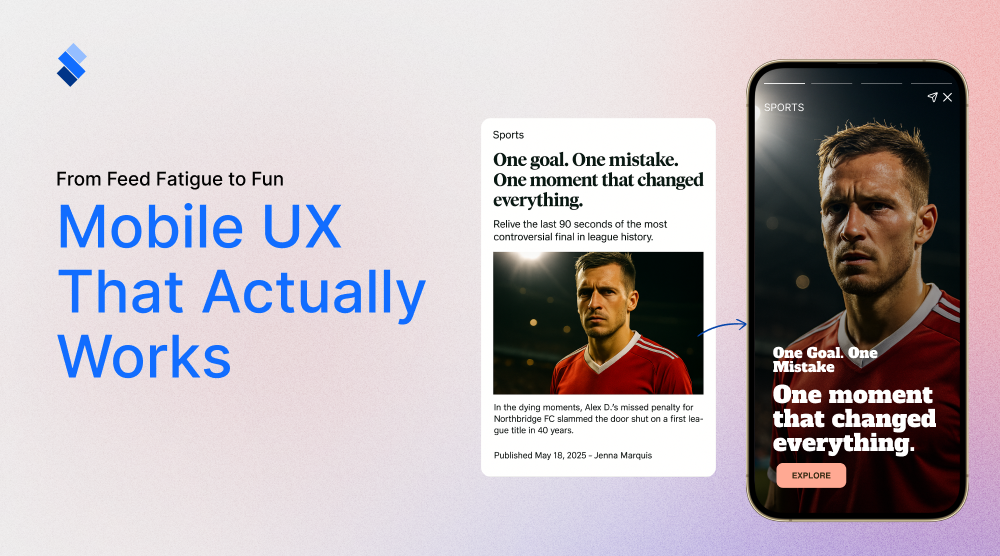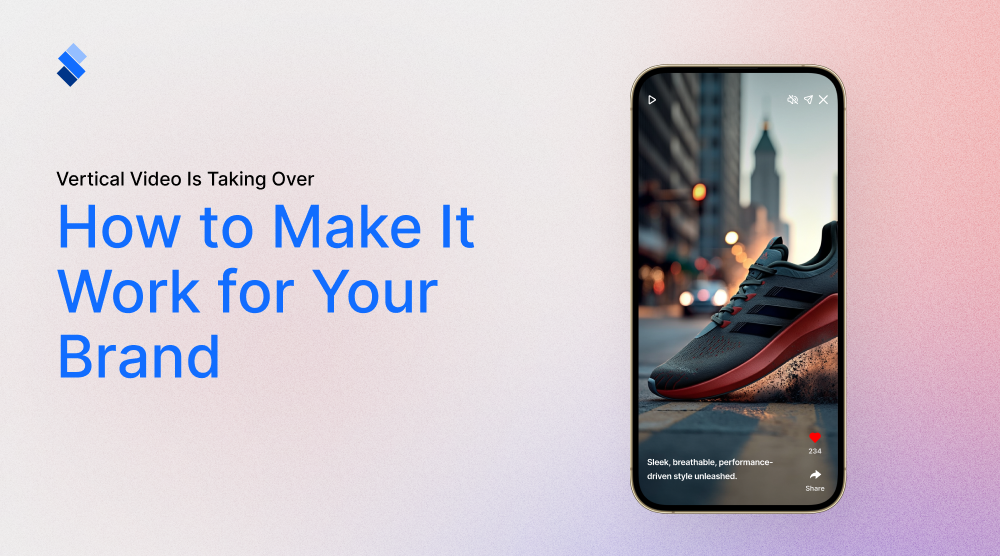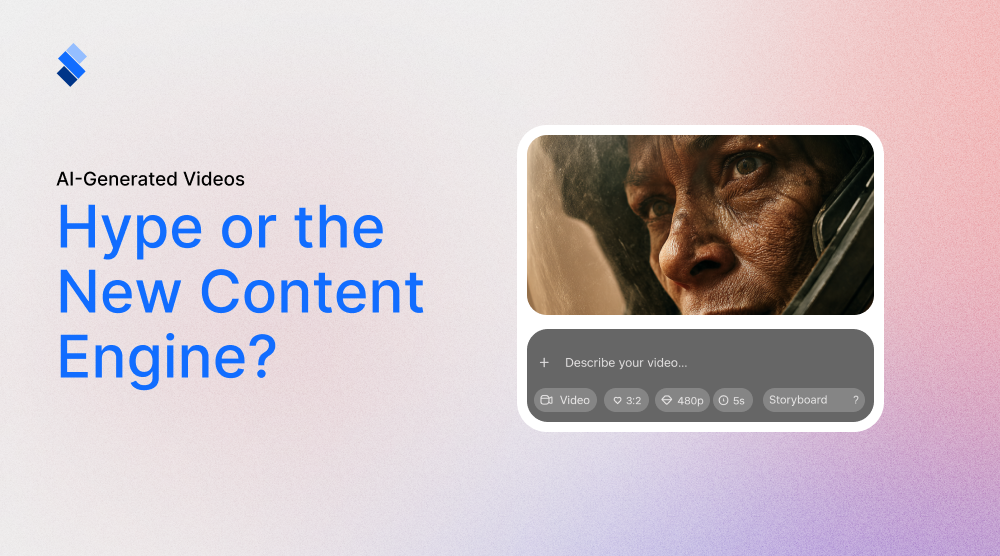6 Basic Guidelines of Visual Storytelling You Can't Overlook
Let's make an experiment right here, right now - Try to remind yourself of the best tasting dessert you ever had! Whether your brain whips up the picture of your mother's smiling face as she pulls your favorite cake out of the oven or you visualize that lovely dessert you had that one time in a coffee shop downtown, the chances are, you're "seeing" your memory, right?

Let's make an experiment right here, right now -
Try to remind yourself of the best tasting dessert you ever had! Whether your brain whips up the picture of your mother's smiling face as she pulls your favorite cake out of the oven or you visualize that lovely dessert you had that one time in a coffee shop downtown, the chances are, you're "seeing" your memory, right?
And even though you're thinking about sweets, at no point did "chocolate souffle" and/or "vanilla" come to the forefront of your mind like some old-school screensaver option. To cut a long story short - when recalling something, the role of words is abysmal compared to images, sensations, smells, and other contextual memory and imagination triggers.
You see, humans have always been visual creatures. Pictures tend to be the leading force when it comes to the thought process and memory recollection, while words remain handy but not always very helpful aids.
Use this fact about the human brain to your advantage! Instead of choosing the hard and ineffective wordy approach that won't get you desired attention - lean into visual storytelling.
Before you do, remember that you can't overlook these 6 guidelines when constructing your eye-catching narrative:
1) Figure Out What You Want to Tell

To achieve anything, you have to be clear and honest with yourself first. You have to know what you're talking about and how to go about it. Here's a bunch of questions that will the creative (and constructive) juices going:
- What do you want to emphasize?
- Who do you want to attract and engage?
- Where is a good place to start and where to end?
- Which problems are you here to solve?
- What is so different about you and your story that the world has to know?
Once that's cleared up, find the answer to one question to rule them all: how can (or should) that all be presented visually?
Set your goals loud and clear, as soon as possible. It's extremely easy to get lost in all the possibilities your web stories offer if you don't have you're not "grounded". Especially if you're something you're passionate about.
2) The Bigger Picture Leads to Consistency

People and algorithms are backbones of social media. And guess what is the thing they both love? Consistency! The well thought out strategy will help with that from the get-go and it will be beneficial in the long run, too. Your online presence feels like a collage of multiple people's visions or a mix'n' match of some current trends and things your marketing department finds "relevant".
The questions above will help you determine the macro and micro aspects of your stories. Once you have those set, stick to them. Be mindful of the big story, with every little post you make. No word or picture should be wasted, aka posted without a clear mission. Every storified article or piece of content has worked on its own, but it has to make sense in the context of your narrative, color scheme. Everything on your storified landing page should serve one unified purpose, and that is captivating, unified story arc across all platforms, speaking of which:
3) Pick Your Stage Carefully
Tailor your approach to social media according to people you want to attract and keep around. For example, members of the younger demographic rarely use Facebook. Since their mothers and uncles started using FB, the "young ones" have moved to Instagram, TikTok, Snapchat, Reddit, and others... If you think that using LinkedIn will help you reach teens, you won't get far.
Moreover, visual platforms demand visual content, so the story that did wonders on Instagram won't be a smash-hit on Linkedin. The stuff that went viral on Twitter, won't do the same on YouTube. And so, on and so on… The people you see as your potential customers and desired audience dictate the delivery and success.
4) Entertain First, Sell Later
You have to make sure that all your visual stories go smoothly, like the finest scotch. Stick to the good old "show, don't tell" policy, and don't shove sales pitches down people's throats with every post. The main goals are to keep people coming and to have them stick around. And honestly, leading with sales is rarely entertaining.
If it makes sense, use special effects. They can be the very thing that will make your storified microstore pop! If your story "jumps out of the screen" you've succeeded, but be careful not to overdo it.
5) Emotional Connection is Everything and More
Not every post has to include product storytelling, but every post has to go live as an effort of establishing and/or strengthening the relationship with your audience. Use visuals to create vivid characters they can relate to and the obstacles those heroes have to overcome. Invite them to share, like, and comment, and if you play your cards right, over time you'll see your conversions grow along with engagement. Once you do have a relationship with your audience and take care of the connections, you've created.
Be that we mean you have to do your best, to be honest, and responsive. People are smarter than you think, the crowd can sniff out fakers from a mile away. The visual journey starts and ends with honesty.
6) Don't Bite Off More Than You Can Chew
Utilize the tools at your disposal for the biggest possible impact, but keep in mind that online world and visual storytelling, however wonderful, can be extremely demanding. Start with one platform and with one story, then expand, if the need may be.
That being said, the first impressions are immensely important, since your visual choices reveal who you are and what's important to your brand. If you want to consult or hire professionals to guide you through this challenging journey just be on a safe side, don't hesitate to reach out. Storifyme team will always help you put your best foot forward.







